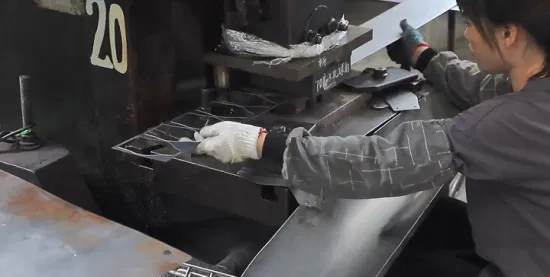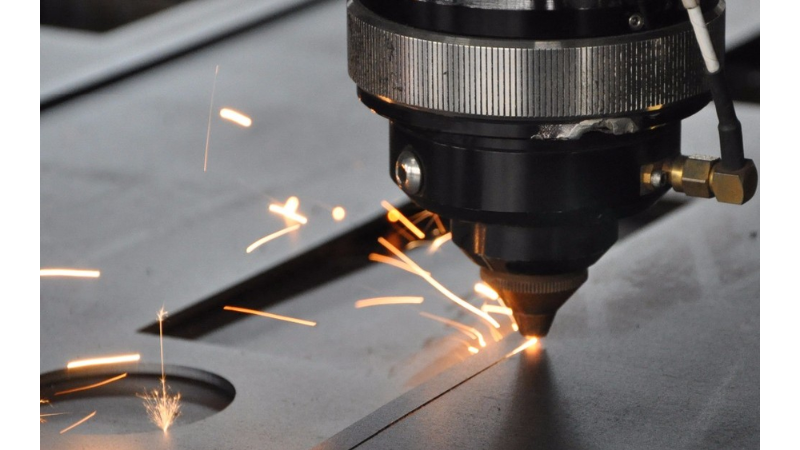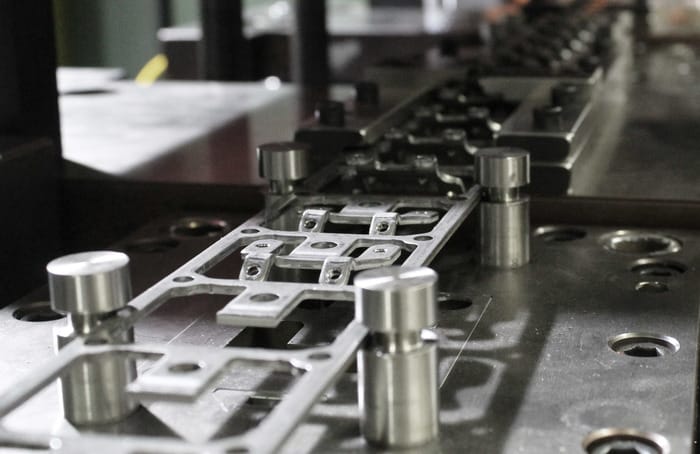Setting up a stamping press is a critical task in the realm of industrial manufacturing. This stamping press setup guide will walk you through the essential steps to ensure your press operates efficiently and safely. Whether you are a seasoned professional or a newcomer to the industry, understanding the intricacies of a stamping press setup is vital to achieving optimal performance.

Understanding the Basics of a Stamping Press
A stamping press is a machine used to shape or cut metal by deforming it with a die. It’s a staple in the metalworking industry, used for everything from DIY metal art projects to large-scale production of automotive parts. Proper setup is crucial to ensure precision and efficiency.
Types of Stamping Presses
There are several types of stamping presses, including mechanical, hydraulic, and servo presses. Each type has unique advantages that cater to different industrial manufacturing needs.
Mechanical Presses
Mechanical presses are known for their high speed and efficiency. They are ideal for operations requiring consistent and repetitive motion. Their setup involves precise alignment and lubrication to maintain performance.
Hydraulic Presses
Hydraulic presses offer flexibility and control, making them suitable for tasks requiring variable pressure. Their setup requires careful attention to the hydraulic systems pressure settings and fluid levels.
Servo Presses
Servo presses provide superior control over the press operation, offering precision and reduced noise. The setup involves programming the servo motor for specific tasks.
Steps in Setting Up a Stamping Press
1. Selecting the Right Press
Choosing the appropriate type of press is the first step in the stamping press setup guide. Consider the material, production volume, and precision required for your tasks.
2. Preparing the Work Area
Ensure the work area is clean and organized. This involves removing any obstructions and ensuring adequate space for the press and its operators.
3. Installing the Press
The installation involves positioning the press securely on the factory floor. It should be anchored to prevent movement during operation.
4. Aligning the Die
Die alignment is crucial for precision. Use alignment tools to ensure the die is correctly positioned relative to the press ram.
5. Setting Up the Control System
The control system of the press must be programmed according to the desired operation. This involves setting parameters such as stroke length, speed, and pressure.
6. Lubrication and Maintenance
Regular lubrication is essential to minimize wear and tear. Establish a maintenance schedule to ensure all moving parts are well-lubricated and functioning correctly.
7. Conducting a Test Run
Before full-scale production, conduct a test run to verify that the press operates as expected. This helps identify any issues that need addressing.
Importance of Safety in Stamping Press Setup
Safety is paramount during the stamping press setup. Ensure all operators are trained and aware of safety protocols. Implement safety guards and emergency stop buttons to prevent accidents.
Common Challenges in Stamping Press Setup
Challenges such as misalignment, improper lubrication, and inadequate training can hinder the setup process. Address these issues proactively to ensure a smooth operation.
Optimizing Stamping Press Performance
Optimization involves adjusting the press settings to maximize efficiency and output. This may include tweaking the speed, pressure, and die alignment based on production feedback.

FAQs
What is the purpose of a stamping press?
A stamping press is used to shape or cut metal by applying force with a die. It’s essential in the manufacturing of metal parts.
How do I ensure safety during the stamping press setup?
Ensure all operators are trained and familiar with safety protocols. Implement safety guards and emergency stops.
What are the key components to check during setup?
Check die alignment, lubrication, control system settings, and ensure the press is securely installed.
For more detailed insights, you can visit the Hot Metal Stamping 101 for additional resources and expert advice.
This article contains affiliate links. We may earn a commission at no extra cost to you.

